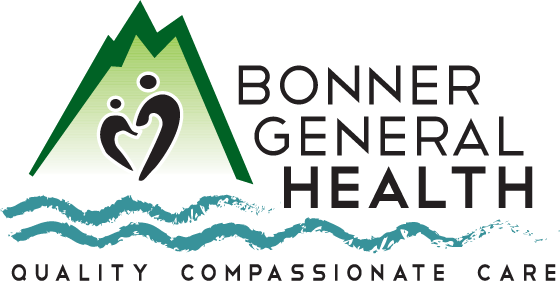By Kathy Hubbard
It’s disconcerting to know you have a disease that may not cause any symptoms. Think about osteoporosis and hypertension as a couple of good examples. I’m often writing that certain cancers, because of the lack of symptoms in the early stages, are only found through screening.
Add fibromuscular dysplasia (FMD) to the list of those often symptom-free diseases. What happens with this uncommon disease is that the arteries in the body have abnormal cell development in the artery wall.
“As a result, areas of narrowing (called stenosis), aneurysms (bulges), or tears (called dissections) may occur,” the Fibromuscular Dysplasia Society of America tell us. “If narrowing or a tear causes a decrease in blood flow through the artery, symptoms may result. Many people with FMD do not have any symptoms or signs on physical examination and are diagnosed by accident during a radiology scan for another problem.”
Affecting more women than men, some FMD researchers theorized that hormones play a role in the disease’s development. But, the study was confounded by inconsistencies based on how many children a woman had or whether the use of birth control pills was employed. However, a family history connection has been noted with members of the same family, including twins, being diagnosed with FMD albeit affecting different arteries.
Different arteries affected can also result in different symptoms when they occur. For instance, if the arteries leading to your kidneys (renal arteries) are affected you may have high blood pressure, tissue damage in your kidneys and rarely chronic kidney failure.
Mayo Clinic says that “if the arteries leading to your brain (carotid arteries) are affected, you may have headaches, dizziness, temporary loss of vision, pulsating ringing in your ears (tinnitus), neck pain, facial weakness or numbness, weakness of numbness in the limbs, and difficulty speaking.”
If the FMD occurs in the abdomen you may feel abdominal pain after eating and experience unintended weight loss. (Yes, there is such a thing as unintended weight loss!)
“Fibromuscular dysplasia often occurs with tears in the walls of your coronary arteries, also called arterial dissection or spontaneous coronary artery dissection (SCAD),” Mayo says. “But the exact connection between these two conditions isn’t yet clear. If the arteries leading to your heart are affected you may have chest pain, shortness of breath, sweating and nausea.”
If you have discomfort when moving your legs, feet, arms or hands or they’re cold, weak or numb it possibly means that the arteries leading to your arms or legs (peripheral arteries) are affected. Another symptom of this might be a change in the color or appearance of the skin.
If you have sudden changes to your vision, sudden changes in your ability to speak or sudden or new weakness in your arms or legs seek medical attention immediately. These are indications of a possible stroke.
Just because around 90 percent of fibromuscular dysplasia occurs in women, typically diagnosed in their 50s (one report said from 25 to 60), men and children can also develop the disease. Men are more apt to have a higher risk of complications such as aneurysms or dissections in the arteries. In children FMD most commonly affects the renal vasculature.
“If you smoke, quit,” Mayo says. “People who smoke appear to have an increased risk of developing fibromuscular dysplasia. For those already diagnosed with the disease, smoking increases the risk for more serious fibromuscular dysplasia.”
Complications from the disease include further artery damage, heart disease or heart failure. As FMD weakens the walls of the arteries an aneurysm may occur and if it ruptures it’s a life-threatening emergency. And, of course if that aneurysm occurs in an artery to your brain you can have a stroke.
“Treatment for fibromuscular dysplasia depends on your health, the location of the narrowed artery and other health conditions you have, such as high blood pressure,” Mayo explains. “Treatment options include medications, medical procedures to improve blood low and surgery.”
What can you do? Tell you primary care provider if any member of your family has been diagnosed with FMD, aneurysms, heart disease, stroke or high blood pressure. Also tell the medico about any symptoms you’re experiencing even if you think they’re unrelated including any major stresses or recent life changes.
Kathy Hubbard is a member of Bonner General Health Foundation Advisory Council. She can be reached at [email protected].

